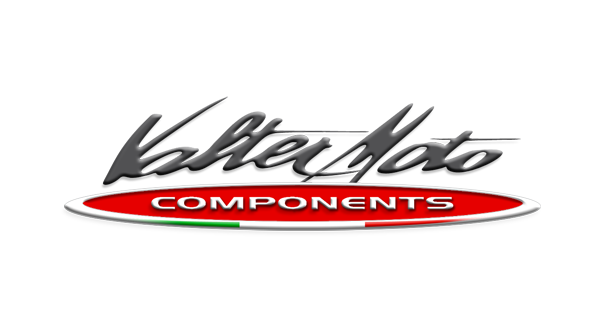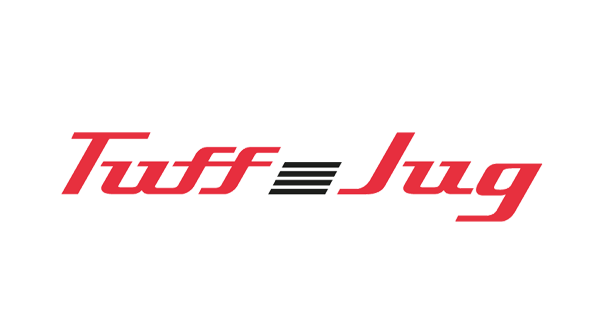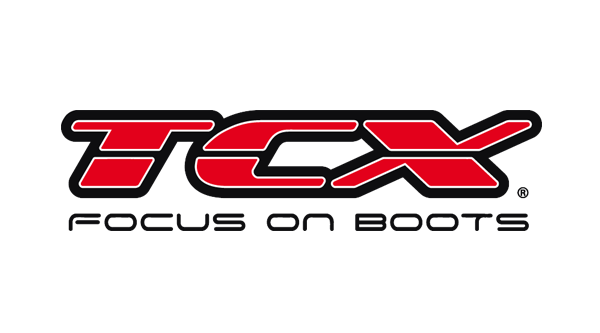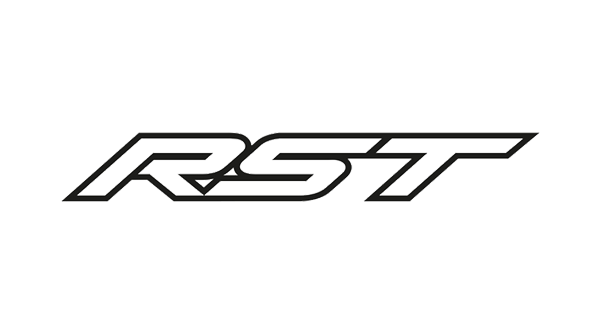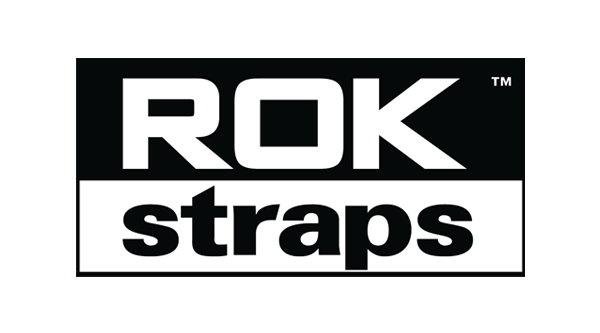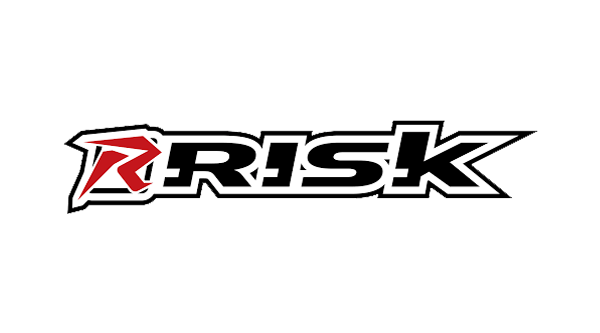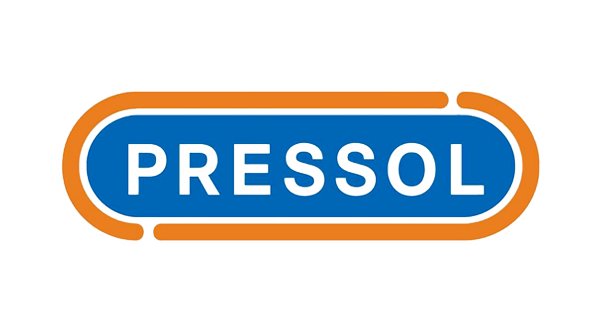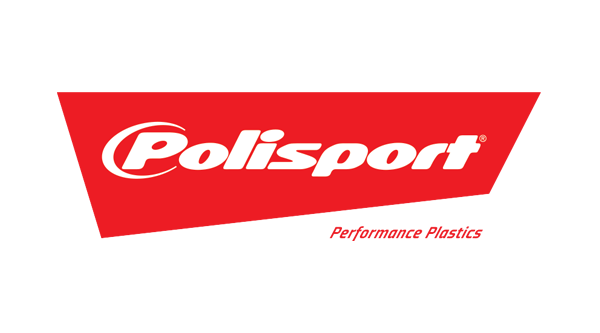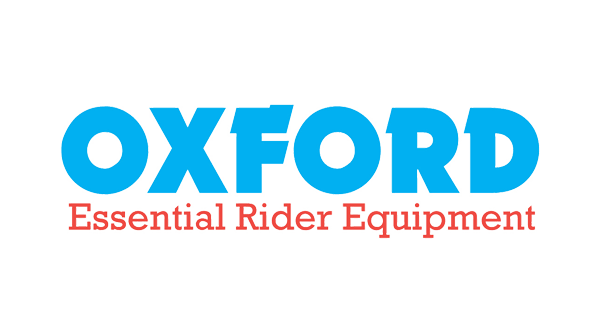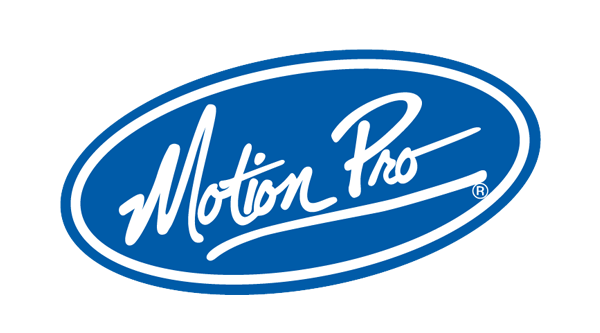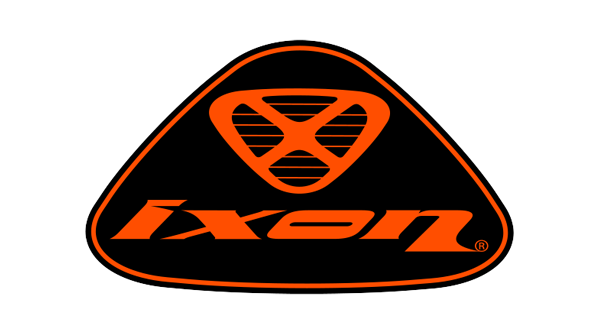Exploring Motorcycle Brake Oil: Characteristics, oil types and their usage
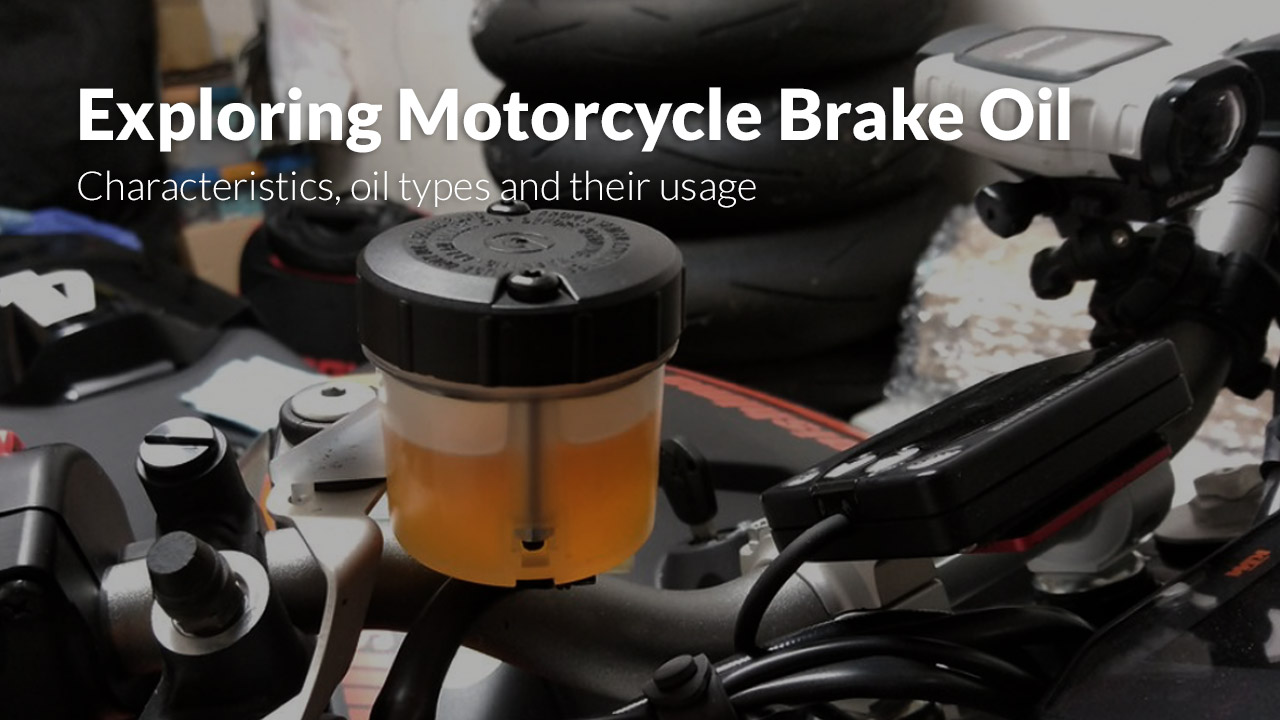
Motorcycle brake oil, also known as brake fluid, is a critical component of a motorcycle’s braking system. It plays a crucial role in transmitting hydraulic pressure from the brake lever to the brake calipers, ensuring efficient and reliable stopping power.
In this comprehensive guide, we will delve into the main characteristics of motorcycle brake oil, explore the different types available, and discuss their optimal applications.
Characteristics of Motorcycle Brake Oil
Viscosity
Viscosity refers to the resistance of a fluid to flow. Brake oil should have a specific viscosity range to ensure proper brake system operation. If the viscosity is too low, brake performance may be compromised, while excessive viscosity can impede the smooth transmission of hydraulic pressure.
Boiling Point
Brake fluid operates under high temperatures, so its boiling point is a crucial characteristic. When brake fluid boils, it can lead to the formation of vapor bubbles, resulting in brake fade and reduced stopping power. High-performance brake fluids have higher boiling points to withstand the heat generated during aggressive riding or prolonged braking.
Hygroscopicity
Hygroscopicity refers to the ability of a substance to absorb moisture from the surrounding environment. Brake fluid tends to absorb moisture over time, which can lead to a decrease in its boiling point and compromised brake performance. It is essential to choose brake oil with low hygroscopicity or regularly replace it to maintain optimal braking efficiency.
Compatibility
Motorcycle brake systems use various materials, such as rubber seals, gaskets, and hoses. Brake oil must be compatible with these materials to prevent swelling, degradation, or leakage. Compatibility is a crucial characteristic to ensure the longevity and reliability of the brake system.
Types of Motorcycle Brake Oil
DOT 3
DOT 3 brake fluid is one of the most common types used in motorcycles. It is glycol-based and has a lower boiling point compared to other types. DOT 3 fluid is suitable for regular street riding and offers adequate performance for most motorcycles. However, it requires more frequent replacement due to its hygroscopic nature.
DOT 4
DOT 4 brake fluid is an improvement over DOT 3 and offers a higher boiling point. It is also glycol-based but contains additional additives to enhance its performance under high temperatures. DOT 4 fluid is suitable for motorcycles that undergo aggressive riding, such as sport bikes or those ridden in hot climates. It is compatible with most motorcycle brake systems.
DOT 5
DOT 5 brake fluid is silicone-based, which gives it distinct characteristics compared to glycol-based fluids. It has a higher boiling point and is less hygroscopic, making it more resistant to moisture absorption. DOT 5 fluid is ideal for motorcycles that require extended service intervals or are subjected to extreme conditions. However, it is important to note that DOT 5 is not compatible with systems designed for glycol-based fluids.
DOT 5.1
DOT 5.1 brake fluid is a glycol-based fluid that shares similarities with DOT 4 but offers an even higher boiling point. It is suitable for motorcycles with demanding braking requirements, such as those used in racing or heavy-duty applications. DOT 5.1 fluid is compatible with systems designed for DOT 3 and DOT 4 fluids.
Optimal Applications of Different Brake Oil Types
Street Riding
For everyday street riding and commuting, DOT 3 brake fluid is generally sufficient. It provides reliable performance under normal operating conditions and is compatible with most motorcycle brake systems. Regular maintenance and fluid replacement are recommended to maintain optimal brake performance.
Aggressive Riding and Sport Bikes
Motorcycles that undergo aggressive riding, such as sport bikes or those ridden on challenging terrains, require brake fluid with higher performance characteristics. DOT 4 fluid offers an improved boiling point and is better suited for these applications, ensuring consistent braking performance under high temperatures.
Extreme Conditions and Extended Service Intervals
Motorcycles used in extreme conditions, such as off-road riding, adventure touring, or in hot climates, benefit from brake fluid with superior heat resistance and less hygroscopicity. DOT 5 fluid provides a higher boiling point and is less prone to moisture absorption, making it suitable for extended service intervals or extreme riding conditions.
Racing and Heavy-Duty Applications
In racing or heavy-duty applications, where brake systems are subjected to intense heat and stress, DOT 5.1 brake fluid is recommended. Its high boiling point and improved performance characteristics ensure consistent and reliable braking performance under extreme conditions.
Choosing the right motorcycle brake oil is crucial for optimal braking performance, safety, and the longevity of your motorcycle’s braking system. Understanding the main characteristics of brake fluid, such as viscosity, boiling point, hygroscopicity, and compatibility, is essential. Consider the specific demands of your riding style and the intended application of your motorcycle to select the appropriate brake fluid type, whether it’s DOT 3, DOT 4, DOT 5, or DOT 5.1. Regular maintenance, fluid inspection, and replacement as per manufacturer recommendations will ensure the continued efficiency and reliability of your motorcycle’s braking system.

